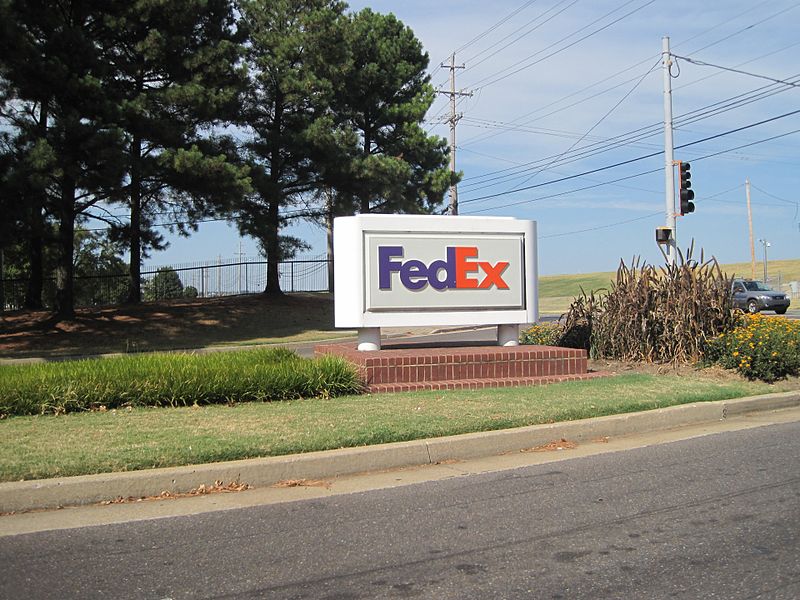Multi-billion dollar companies like FedEx and Amazon are actively looking into the possibility of utilizing futuristic technologies like robotics, autonomous driving, and drones to facilitate the delivery of goods and packages.
Earlier this year, the US$50 billion shipping giant FedEx secured investments in startups focusing on the development of delivery robots and autonomous trucks to ensure the company has a clear vision and roadmap for future operations going forward.
There exists a variety of operations and processes which are better handled by robots and artificial intelligence (AI), particularly those that require absolute precision and accuracy.
Currently, most FedEx operations are handled manually by human employees. Deliveries are hand delivered to the door steps of clients and customers are required to manually sign papers and receipts to ensure they received their packages.
Necessity of Simpler Delivery Processes
Outside of the US, this manual process of delivery becomes more ineffective and unproductive as packages are delivered to postal offices and service providers. Consumers from countries like the Philippines that are known to have extremely poor postal service and third party service providers struggle to receive packages and goods for months up to years.
For simple operations such as delivering goods from one place to another, consumers shouldn’t have to go through a burdening process. It really should be as easy as ordering an Alexa app or a Google Home device to send an order and have an autonomous drone or truck to deliver goods at precise locations.
FedEx is trying to do exactly that. Rob Carder, chief information officer (CIO) of FedEx stated:
“You [will be able to] just talk your way through and [Alexa will] ask the right questions to make sure you’ve completed the work and then you can expect a truck to roll up to the front door of your office, pick up the shipments, and move them along.”
In Japan, the concept of robot-run restaurants has already been popularized and commercialized. Instead of having waiters and waitresses to serve food to the table, a lane of track connecting the kitchen and customers in the dining hall delivers food directly to the customer. Upon receiving food, customer can redirect the device back to the kitchen or simply press a button for it to move along to serve other customers.
Carder is visualizing a similar process wherein an autonomous truck or a drone delivers packages to a particular location and a customer simply presses a button or orders the device to move along to other recipients.
Image Via: Thomas R Machnitzki
If you liked this article, follow us on Twitter @themerklenews and make sure to subscribe to our newsletter to receive the latest bitcoin, cryptocurrency, and technology news.

